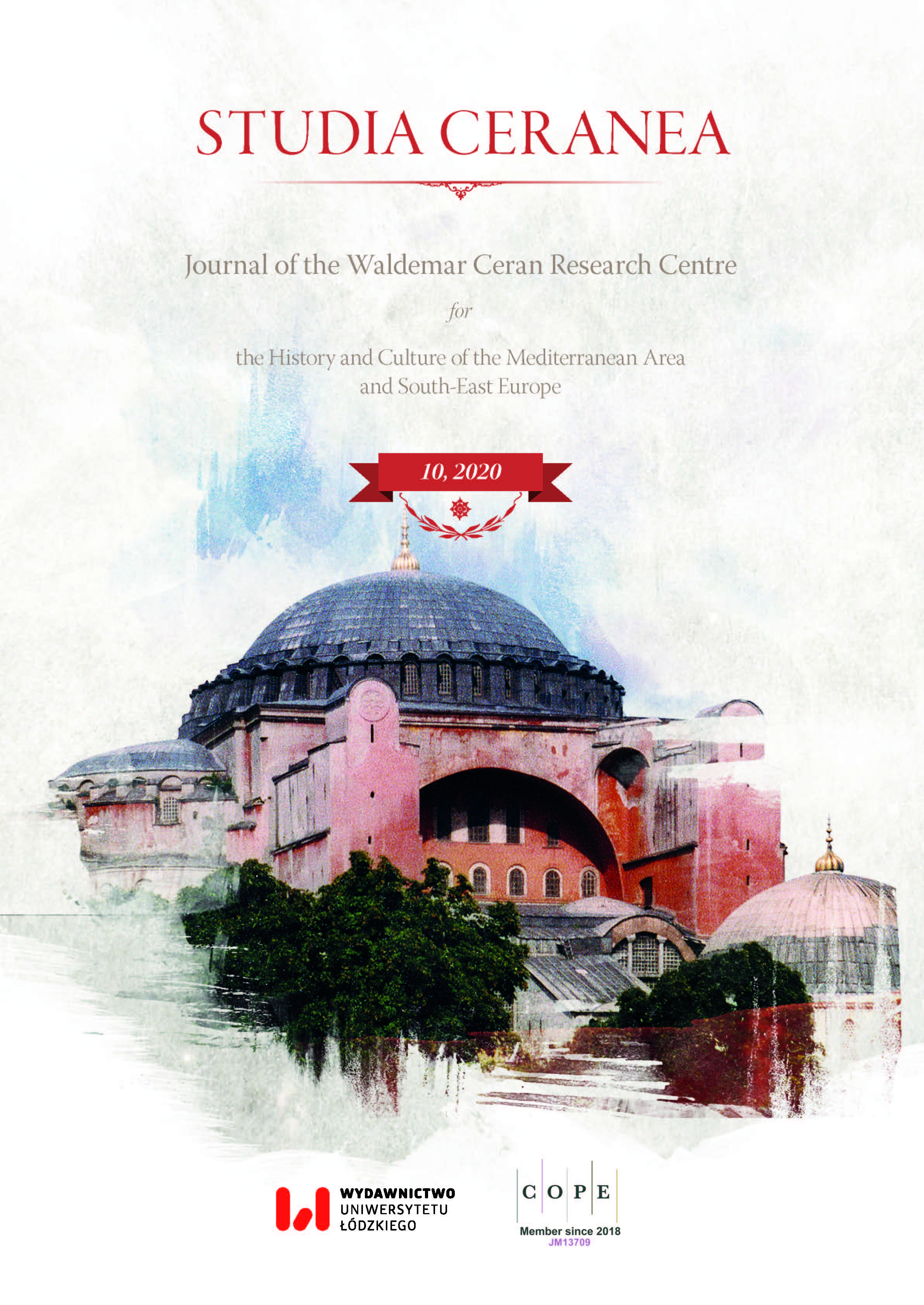Crypto-Christianity and Religious Hybridisation in the Ottoman Balkans: a Case Study (1599–1622)
Crypto-Christianity and Religious Hybridisation in the Ottoman Balkans: a Case Study (1599–1622)
Author(s): Silvia NotarfonsoSubject(s): Theology and Religion, 16th Century, 17th Century
Published by: Wydawnictwo Uniwersytetu Łódzkiego
Keywords: Ottoman Balkans; Catholic missionaries; crypto-Christianity; Catholic confessionalisation
Summary/Abstract: In this paper I intend to address the issue of crypto-Catholicism in the early Ottoman Balkans, a complex phenomenon which has drawn historians’ attention over the decades. More specifically, I will attempt to define and clarify the difficult and unresolved issue, taking into account the characteristics of the Balkans where many religious and social groups co-existed. That produced interaction and enmeshment between the various religions and, as a result, identities developed specific distinctive traits and often overlapped. Within that unique Balkan environment – a real confessional melting pot – crypto-Christianity naturally arose. Crypto-Catholics or Orthodoxies, living under Ottoman rule, publicly decided to embrace the Islamic religion but secretly identified themselves as Christians. I have set out to investigate this phenomenon by considering letters and reports produced by Catholic missions involved in the Balkan peninsula.
- Issue Year: 2020
- Issue No: 10
- Page Range: 217-226
- Page Count: 10
- Language: English

